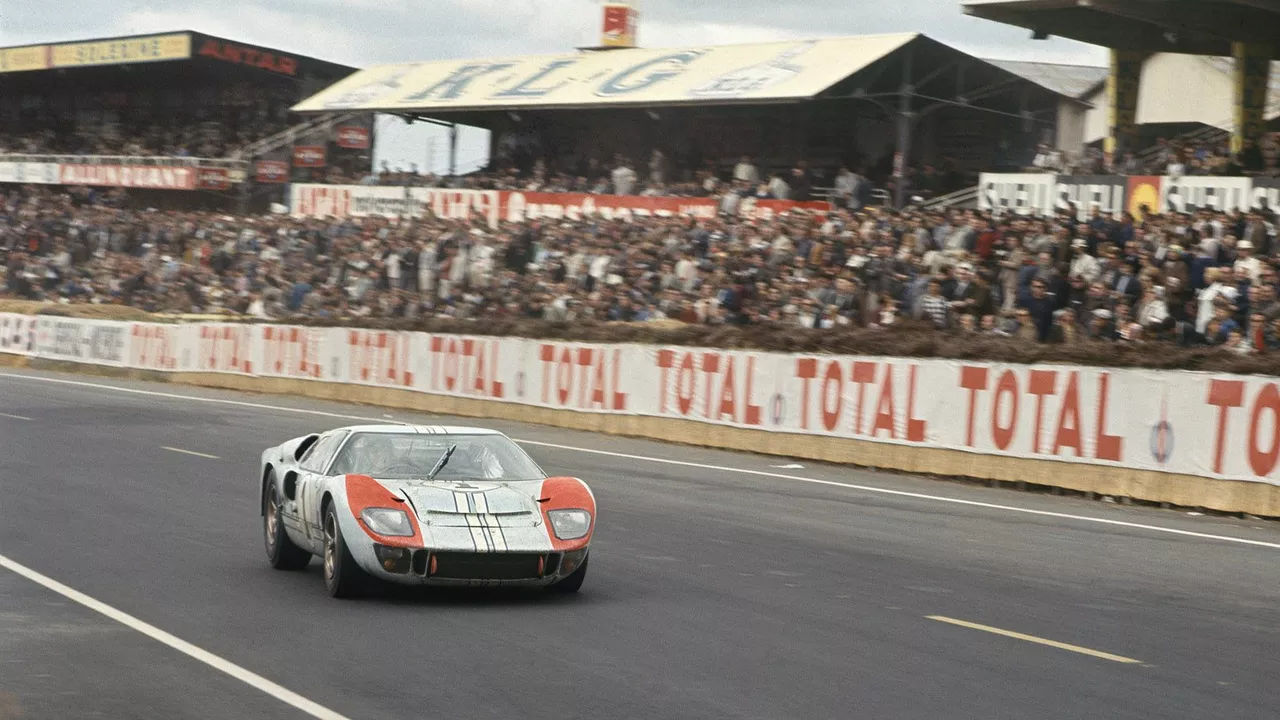Why People Keep Coming Back to Motorsport
Ever wonder what pulls you into a race weekend or makes you hit replay on a highlight reel? It’s not just about fast cars – there are solid reasons that keep fans glued to the action.
The Pure Thrill of Speed
First off, the rush of watching a machine tear around a circuit is addictive. Whether it’s an IndyCar powering through a corner or a MotoGP bike leaning into a hairpin, the sheer speed triggers an adrenaline kick you can’t get from any other sport. That feeling of anticipation as the lights go green is a real reason people line up for tickets year after year.
Take the recent IndyCar insights post – the writer talks about the skill and precision needed to handle those beasts. That kind of behind‑the‑scenes detail turns casual viewers into true enthusiasts.
Cultural Pride and National Heroes
Another strong reason is the sense of pride you get from seeing fellow countrymen on the podium. Spanish and Italian riders dominate MotoGP for a reason: both nations invest heavily in youth academies and have a deep‑rooted love for two‑wheel racing. The post about why most MotoGP racers are Spanish or Italian breaks down that culture, showing how fans connect with the sport on a personal level.
When you see a local driver or rider succeed, it feels like a win for your own community. That emotional tie is a big part of why fans keep coming back.
Community and Shared Experiences
Racing isn’t a solo pastime. The fanbase is packed with people who love swapping stories, debating strategies, and cheering together. Whether you’re at a NASCAR event feeling the heat of the crowd or scrolling through a comment thread about a controversial remark at a Jaws screening, the community vibe adds a layer of excitement.
Even posts that seem unrelated, like the one on why feet go numb in the morning, spark conversation because they touch on everyday experiences that fans can relate to, making the site feel like a hub for real talk.
Learning the Technical Side
For many, the reason to follow motorsport is the tech. Engines, aerodynamics, and data analysis are deeper than most sports. The post on professional race‑car drivers’ practice routines gives a glimpse into how much time and effort go into perfecting performance. Knowing that a driver puts in 4‑6 hours of practice daily, plus fitness and mental prep, makes you respect the sport even more.
These details turn a simple race into a lesson in engineering and human endurance.
Stories That Stick
Sometimes the reason is a story that hits home. A celebrity pregnancy announcement or a heartfelt tribute to a lost friend can grab attention and remind you why you love the human side of news. While not directly about racing, the emotional pull of those stories is similar to the way a driver’s comeback after an injury can capture hearts.
All these reasons blend together to make motorsport more than just a sport – it’s an experience, a community, and a source of pride.
So next time you wonder why you’re glued to the screen or why you’re planning that trip to the track, remember it’s the mix of speed, culture, community, tech, and story that keeps the engine revving in your mind.

